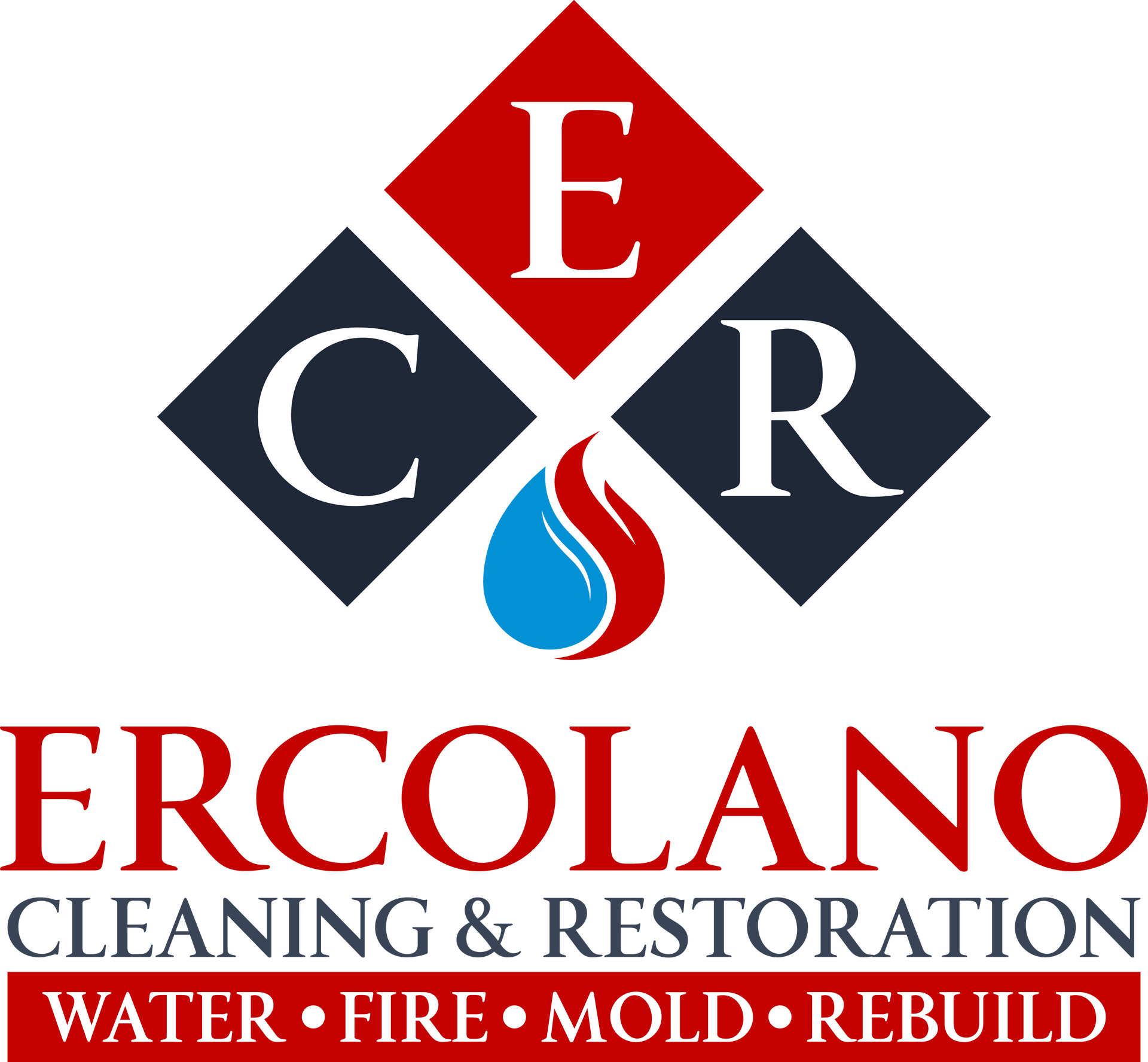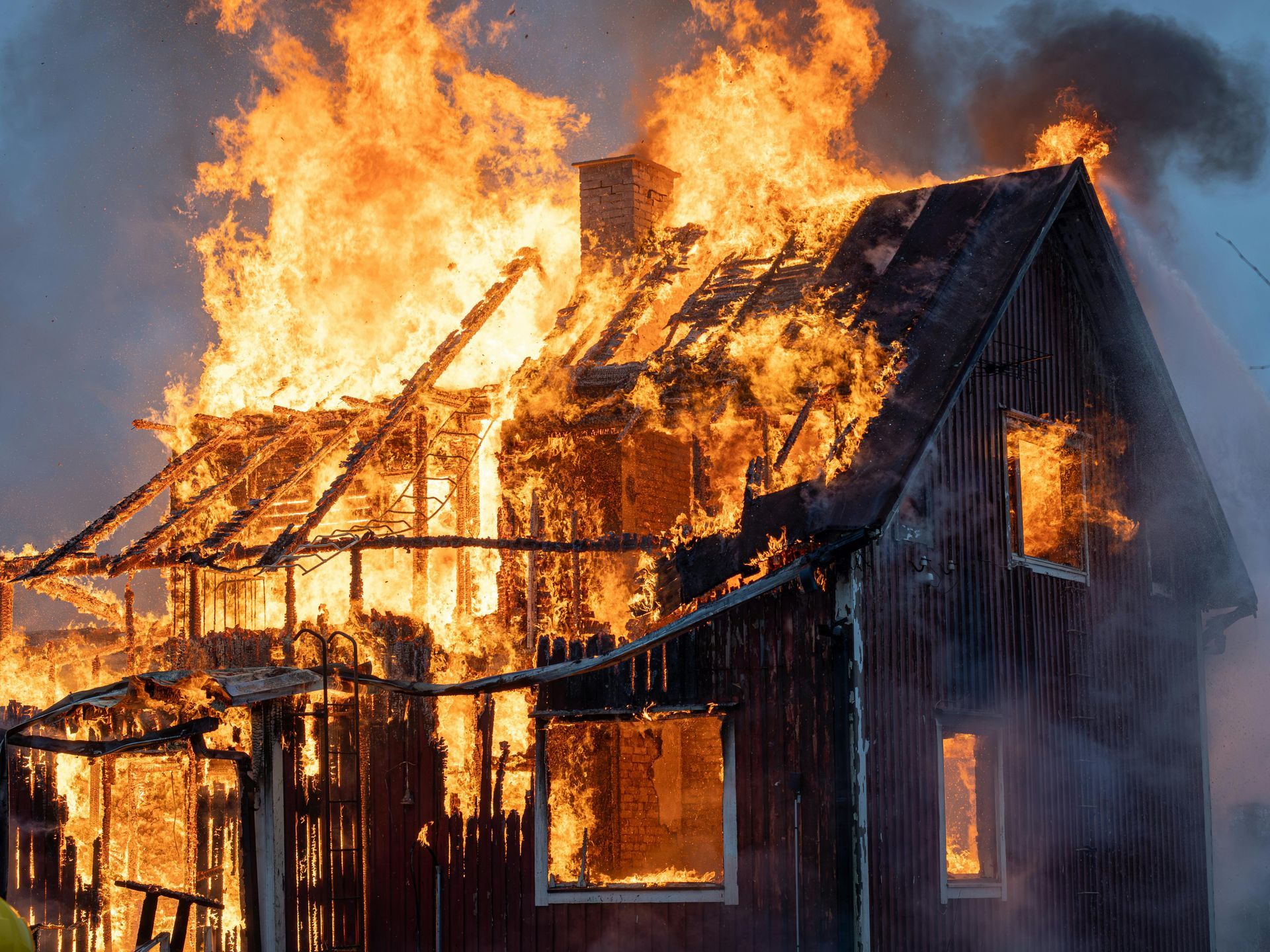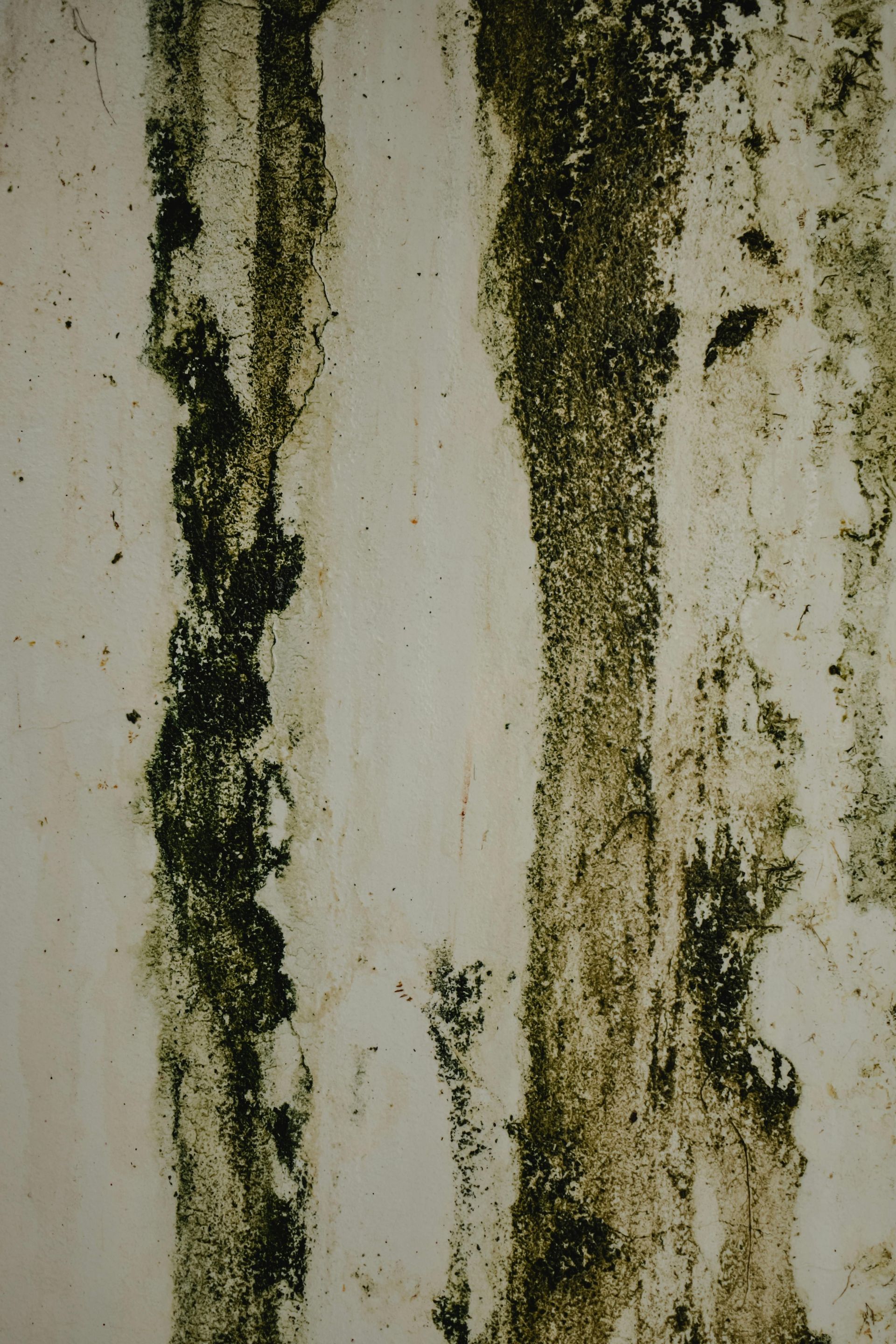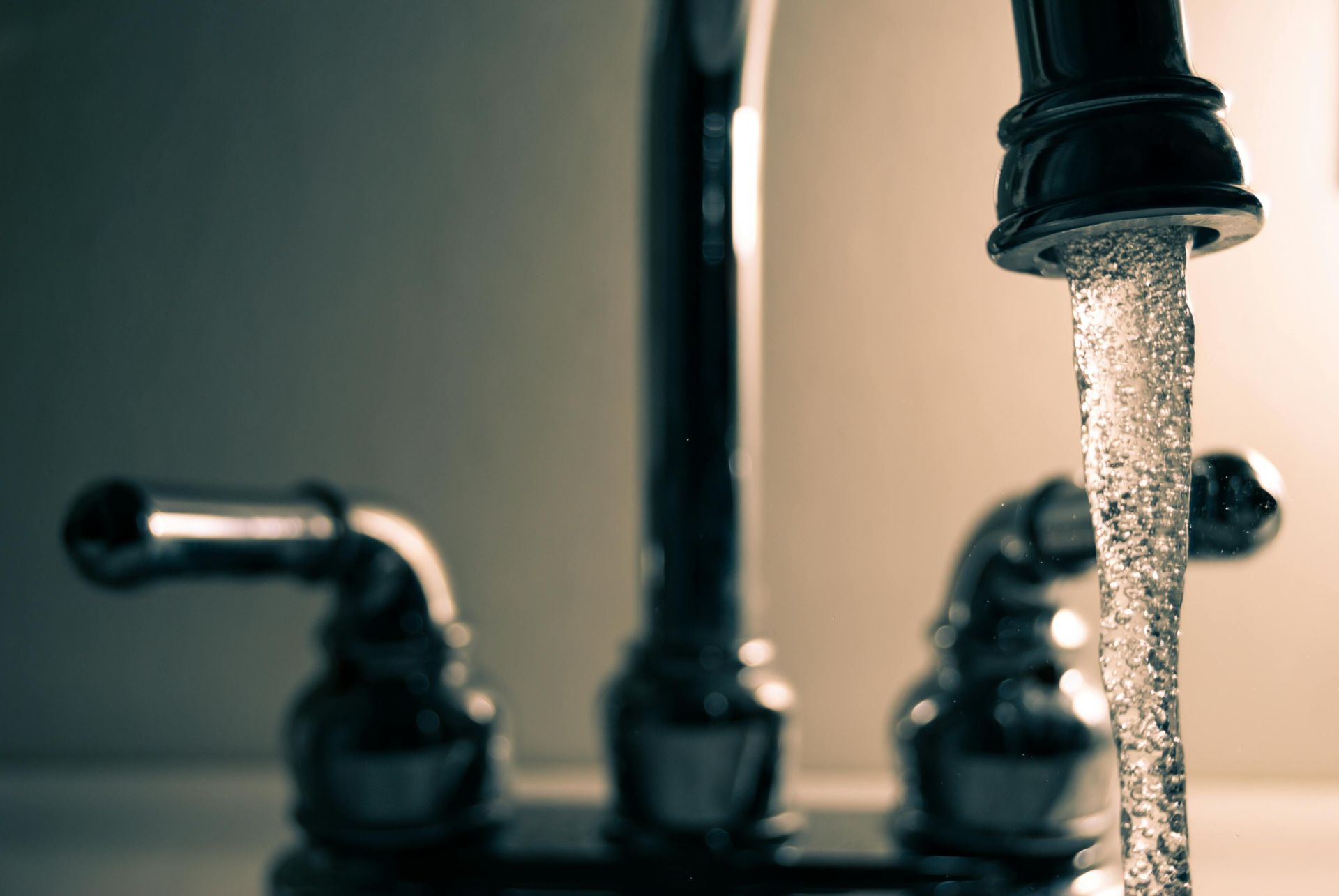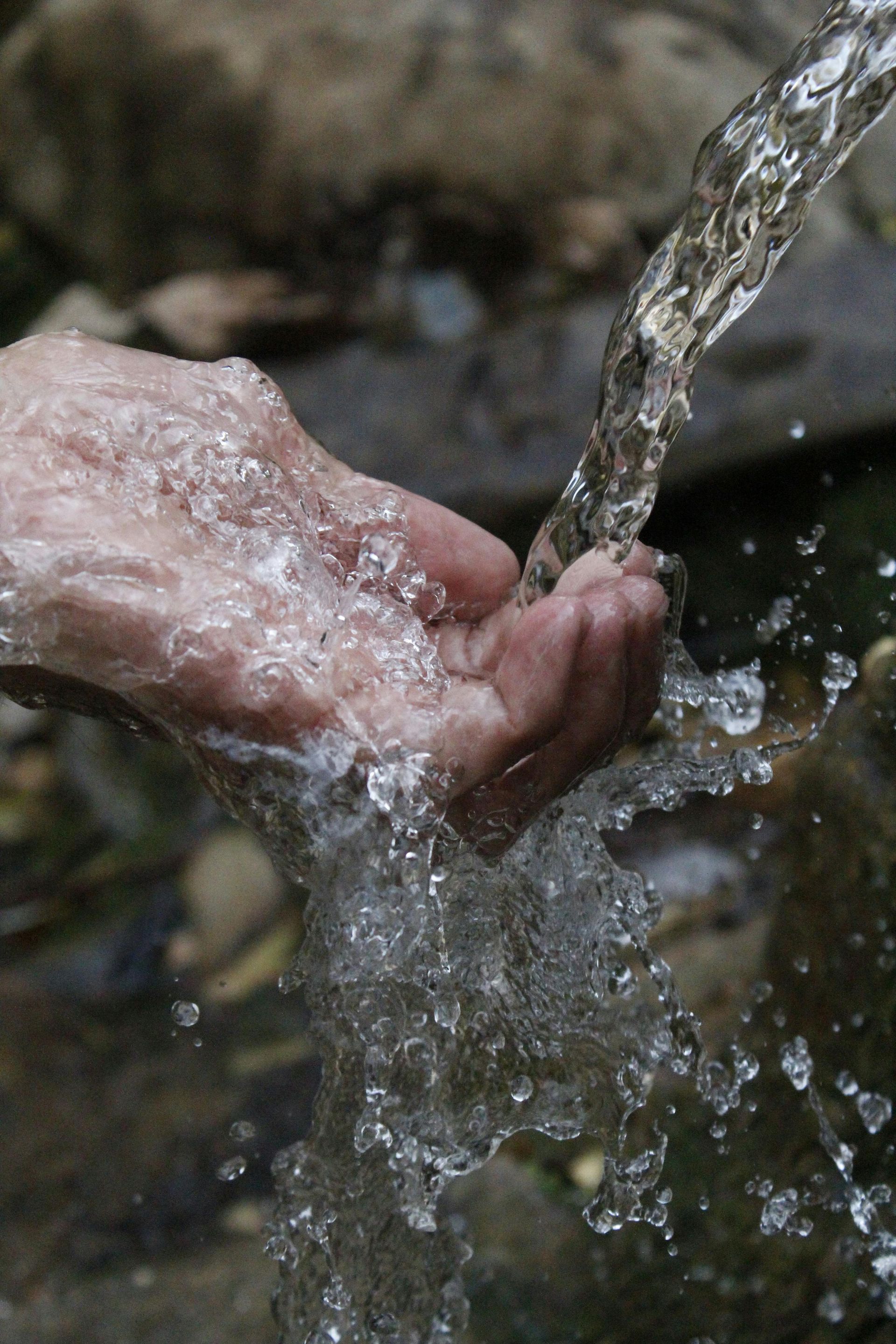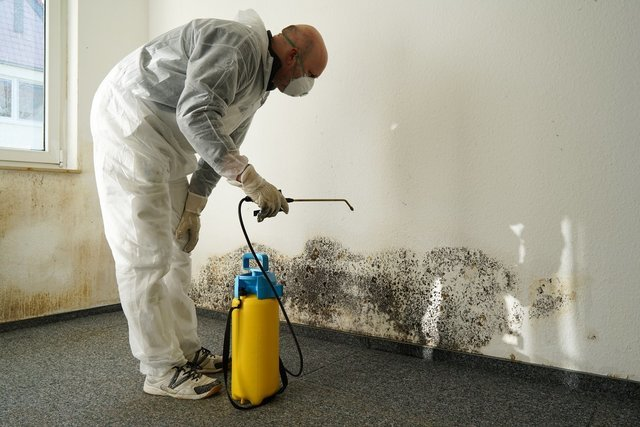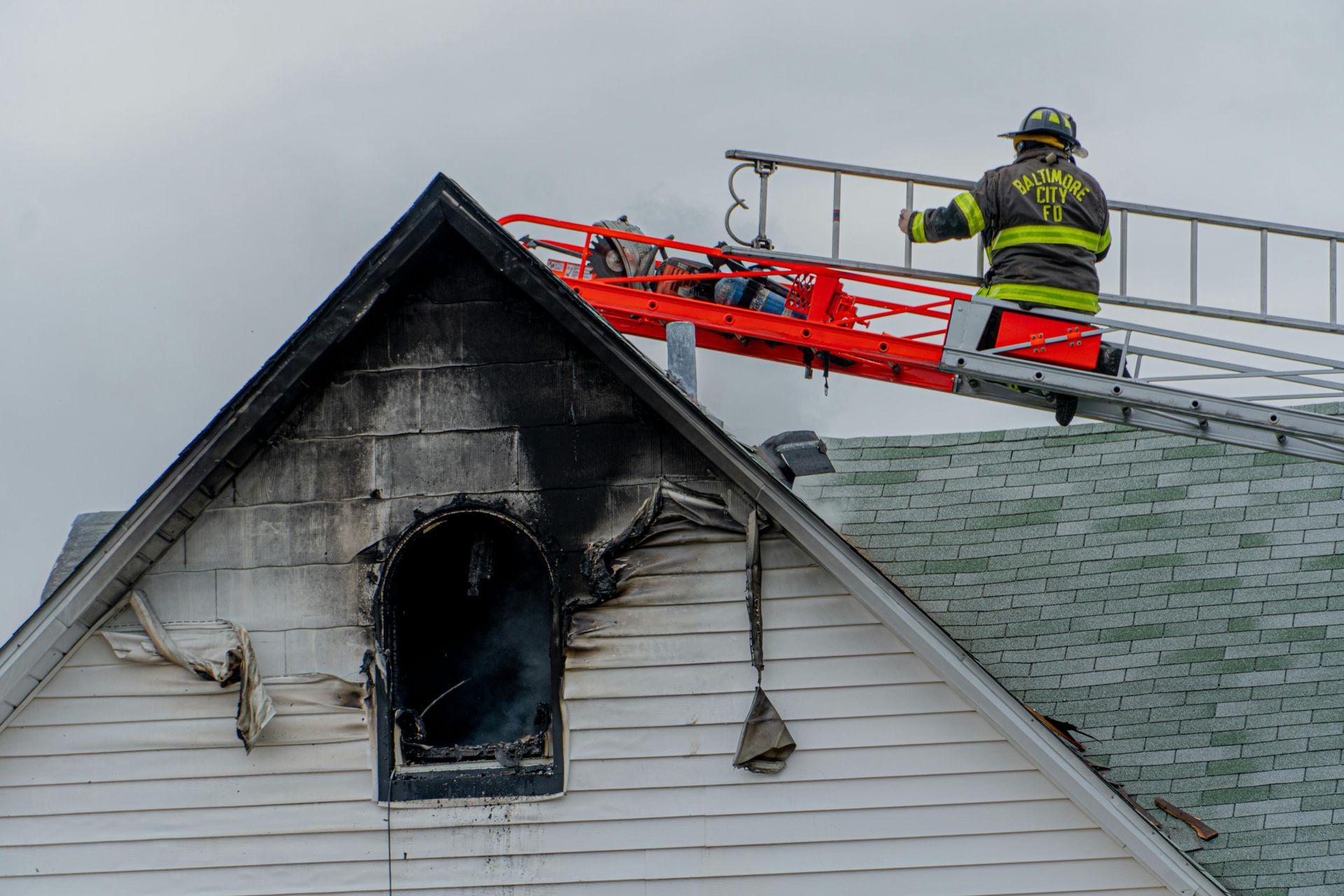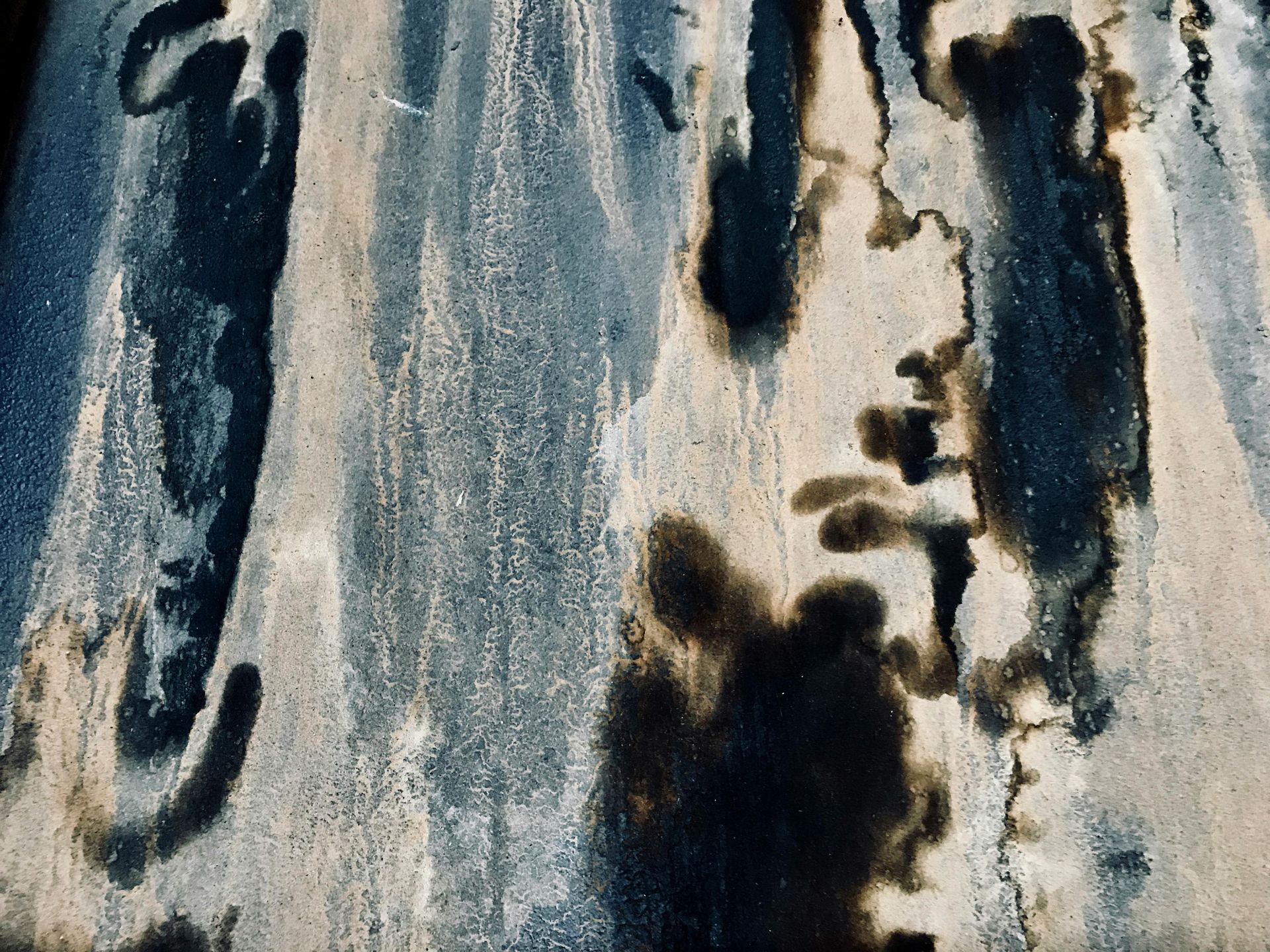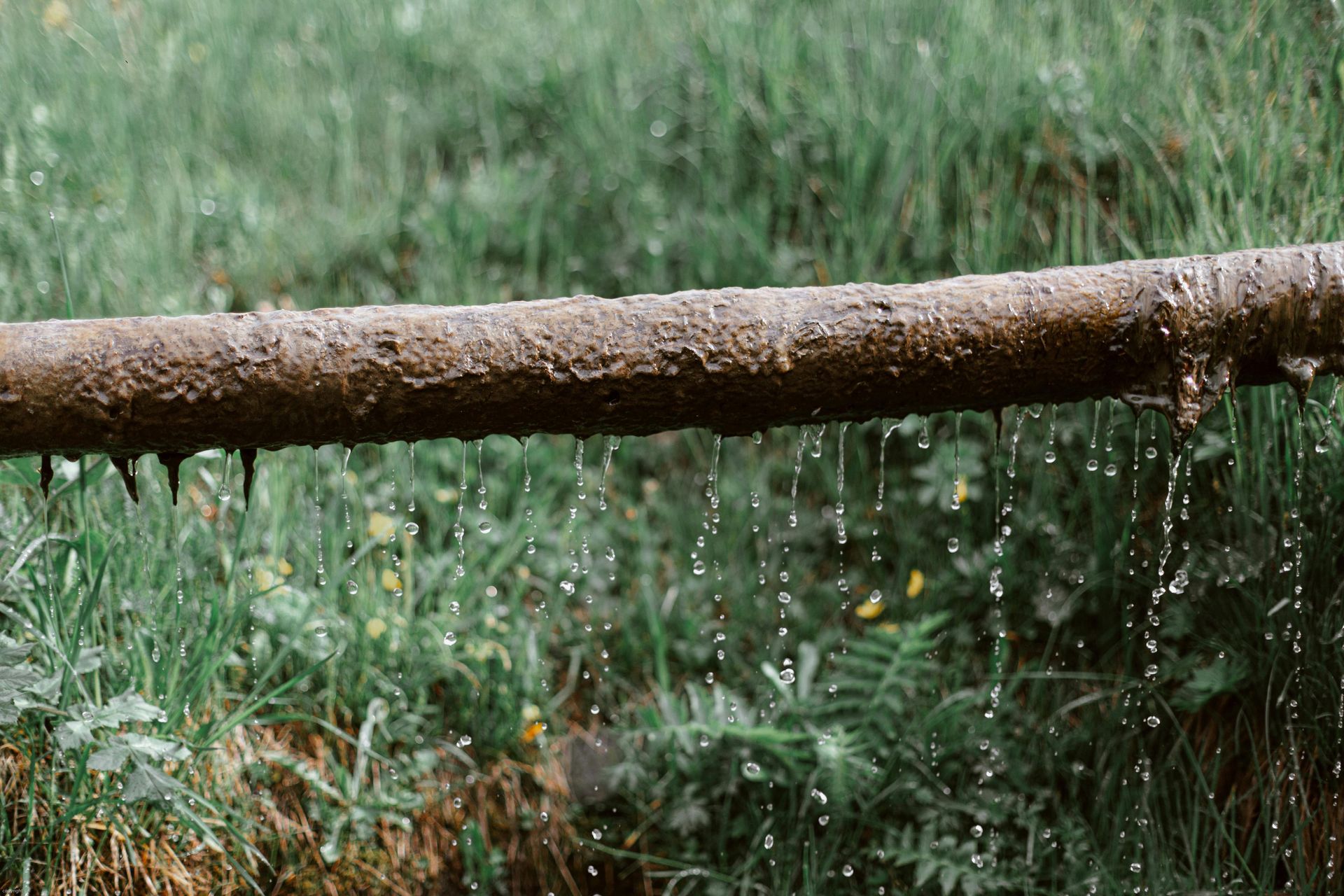The Importance of Mold Testing in Your Home
Why a Home Mold Inspection is Essential to Keep Your Family Safe
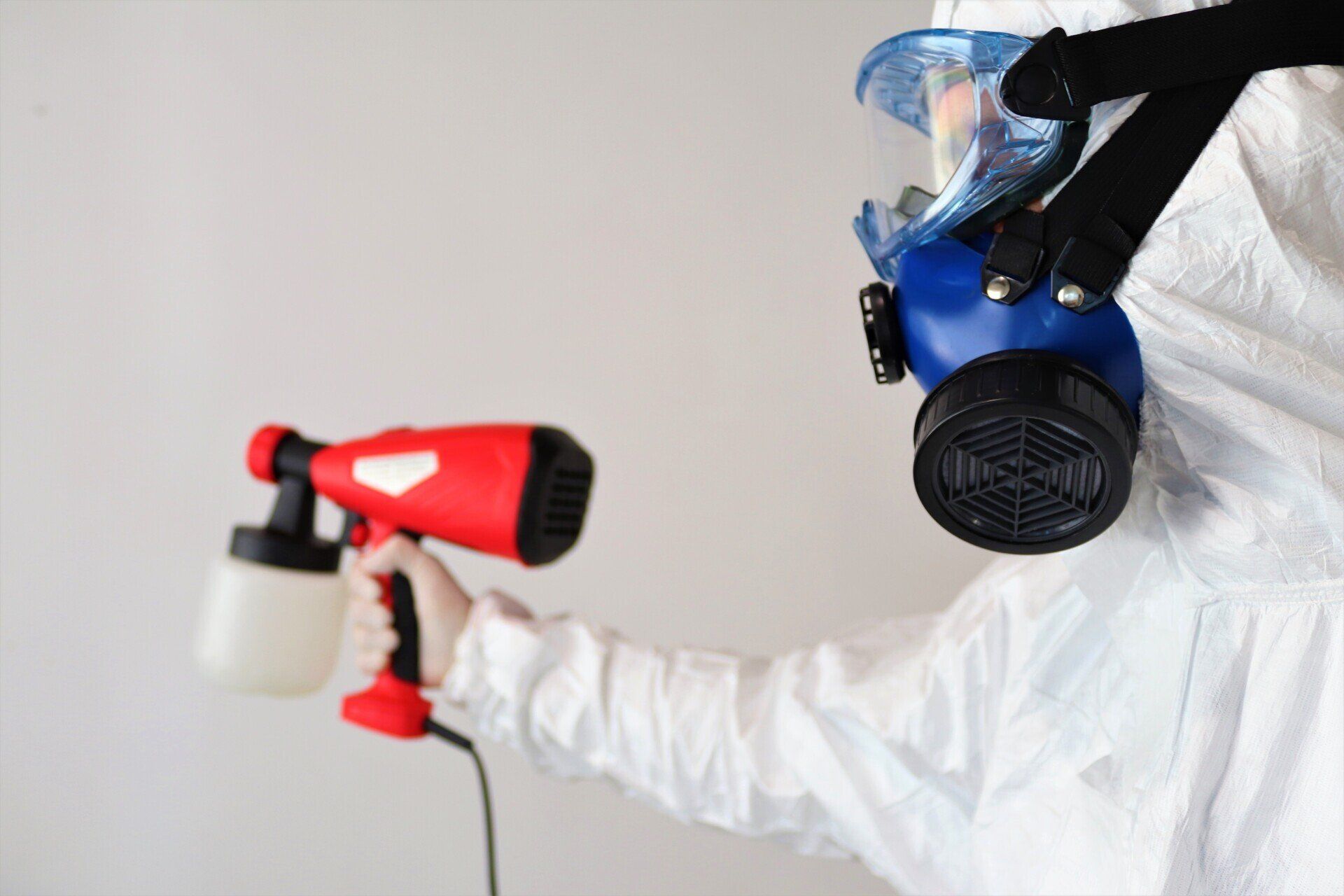
Mold is a serious issue that can cause health and safety issues for those living in homes with unchecked growth. Testing for mold helps to identify any potential issues, allowing prompt remediation measures to be taken. In this article, we will explore the sources of mold growth in homes, the risks associated with leaving mold untreated, and how a home mold inspection and remediation can help keep you safe. We will also discuss the importance of mold testing and the steps to be taken if signs of mold are detected. By understanding the risks associated with uncontrolled mold growth, you can prevent health problems related to mold exposure.
Common Signs of Mold
Mold can cause serious health effects and is often difficult to detect without proper testing. Common signs of mold growth are musty odors, visible mold, water damage, increased humidity, and condensation.
- Musty odors are a strong indicator that mold is present in your home or business. A musty smell is caused by the mold releasing spores into the air that gives off a distinct, unpleasant odor.
- Visible mold growth is often the easiest sign of a mold problem. Mold can appear as spots, stains, or even fuzzy patches in various colors, such as black, green, yellow, and white. It usually appears on walls and ceilings but can also grow in hidden areas such as behind walls or under flooring.
- Water damage is another sign of potential mold growth. Standing water and high humidity provide the perfect environment for mold to grow. If there has been any recent flooding, water leaks, or other forms of moisture intrusion into your home or business, you should check for signs of mold growth.
- Increased humidity is a sign of potential mold growth if you notice that certain areas of your building have high humidity levels.
- Condensation on windows or other surfaces may be a sign that there is hidden mold growth in the walls or under carpeting.
Types of Mold
Mold can present a serious health risk when found in your home. The most common types of mold found in homes are Cladosporium, Penicillium, Alternaria, Aspergillus, and more. All of these molds have the potential to cause respiratory issues as well as skin, eye, and throat irritation.
- Alternaria is a type of mold that can grow in both indoor and outdoor environments and is known to cause allergies and asthma. In addition, it can produce toxins that may lead to respiratory problems and infections. It grows best on porous surfaces such as wood, paper, carpeting, insulation, or fabrics.
- Aspergillus is an allergenic mold that can cause respiratory problems in humans, such as asthma attacks and hypersensitivity pneumonitis. It is commonly found in damp areas, such as basements or bathrooms, but can also grow on many different types of surface materials.
- Cladosporium is a type of mold that can be found both outdoors and indoors and is often seen on damp walls or fabrics. It can release toxins that can cause respiratory problems in humans, as well as irritating the eyes, nose, and throat.
- Penicillium is a type of mold that can be found both indoors and outdoors, and it produces allergens that may lead to allergic reactions such as skin rashes, sneezing, or congestion. It is often found in damp areas such as basements and bathrooms but can also grow on various types of surface materials.
- Stachybotrys is a black mold that can cause serious health problems and is often found in buildings with water damage or high humidity levels. It releases spores that may trigger allergic reactions, respiratory issues, fatigue, headaches, and more. Long-term exposure could lead to even more serious health concerns.
- Fusarium is an opportunistic mold that is often found in fabrics, carpets, and paper products. It can cause allergic reactions or skin infections as well as respiratory issues when inhaled. If left untreated, it can spread quickly to other areas of the home and cause more serious health problems.
- Trichoderma is a common type of greenish-blue mold that can cause allergies, asthma, and eye, skin, or lung irritation. It may also aggravate existing respiratory conditions and lead to rashes. In addition to health concerns, Trichoderma can damage fabrics, drywall, wood, and other materials in the home if it is not treated promptly.
Health Risks Associated with Mold Exposure
Exposure to mold can have serious health consequences. Allergic reactions, respiratory issues, and neurological symptoms are all associated with exposure to mold. According to the Centers for Disease Control and Prevention (CDC), 6-10 percent of people in the U.S. experience allergies specifically linked to molds.
Allergic Reactions
Mold allergy symptoms are caused by an allergic reaction to the tiny spores that molds release into the air. The most common symptoms of a mold allergy include sneezing, runny nose, itchy and watery eyes, coughing, wheezing, and skin irritation. People who are sensitive to mold may also experience headaches or difficulty breathing. Molds that are most likely to cause allergic reactions include Alternaria, Aspergillus, Cladosporium, and Penicillium.
Respiratory Problems
Exposure to mold can cause a range of respiratory problems, including coughing, wheezing, and shortness of breath. Some types of mold are known as "toxic molds" due to their ability to produce mycotoxins which can be hazardous when inhaled. Common examples include Stachybotrys chartarum and Aspergillus.
Headaches and Fatigue
Exposure to mold can cause a variety of health problems, including headaches and fatigue. There are several common molds that can trigger headaches and fatigue symptoms in some people. For example, Alternaria, Cladosporium, Penicillium, Aspergillus, and Stachybotrys are all known to have the potential to cause headaches and fatigue. Inhaling mold spores can cause an allergic reaction in some people, resulting in inflammation of the nasal passages and sinuses.
Skin Irritation
Exposure to mold can cause skin irritation and rash in some people. Some types of mold are more likely to cause these reactions than others, such as Alternaria species, Cladosporium species, Stachybotrys chartarum, Aspergillus fumigatus, and Penicillium. These molds grow on moist surfaces and, when inhaled or touched, can cause skin irritation. Common molds that can trigger skin irritation include Alternaria, a genus of fungi found in soil and on plant material, and Cladosporium, which is found on plants and decaying organic matter.
Fungal Infections
Exposure to mold can increase the risk of fungal infections, particularly in people with weakened immune systems. This is due to certain molds producing spores that contain mycotoxins or antigens, which can cause inflammation and infection when inhaled. Certain types of mold are more likely to cause infections than others. Aspergillus, a common mold found in damp environments, is one of the most well-known species known to cause fungal infections. Cladosporium and Penicillium are also common indoor molds that can trigger allergic reactions or infections in people with weakened immune systems.
Neurological Symptoms
Mold exposure may be linked to neurological symptoms such as memory loss and mood changes. Exposure to dampness and mold was associated with cognitive decline in older adults over time. The type of mold present can also have an impact on neurological health. Other studies have linked different types of mold with various neurological symptoms, suggesting that even low concentrations can be detrimental to neurological health.
Immunological Reactions
Exposure to mold can cause immunological reactions in some people, leading to various symptoms that range from mild to severe. Mild symptoms include coughing, nasal congestion, and sneezing, while more serious reactions can result in fever and respiratory distress. Mold exposure is especially dangerous for people with asthma or allergies since they are already more prone to having an immunological reaction. Common molds that can cause adverse immunological reactions include Aspergillus, Penicillium, and Alternaria. These molds produce spores that may be inhaled, leading to an inflammatory response from the immune system.
Toxicity From Mycotoxins
Some species of mold are capable of producing mycotoxins, which are toxic compounds that can cause serious health problems if inhaled or ingested. Common molds that produce mycotoxins include Aspergillus, Penicillium, Stachybotrys, and Fusarium. Inhaling or ingesting these mycotoxins can cause a range of symptoms, such as headaches, nausea, rashes, fatigue, breathing difficulties, and neurological issues. In extreme cases, ingestion of high levels of mycotoxins can lead to organ damage or even death.
Sudden Infant Death Syndrome (SIDS)
Studies have shown that exposure to indoor air pollutants, including mold, can significantly increase a baby's risk of SIDS. In one study conducted by the University of California Davis, researchers found that homes with high levels of indoor air pollutants had more than twice the rate of SIDS as homes without these pollutants. Other research has identified a link between mold exposure and an increased risk of SIDS. Mold can have a range of health impacts on infants, including respiratory problems, skin irritation, and digestive issues.
The Mold Testing Process
Mold testing is an important process used to determine the presence of harmful mold in a home or building. By working with certified professionals, you can ensure that all aspects of the home mold inspection and remediation processes are handled correctly.
The first step in any mold testing process is for professionals to collect samples and analyze them in a laboratory. This may include collecting air and surface samples, which can be used to determine the presence of mold spores in a given area. The collected samples are then sent to an accredited laboratory for analysis, where they can be tested for various molds, such as Aspergillus or Stachybotrys.
Once the results are received from the lab, it is important to have the results interpreted by a professional. This will help to identify any areas of concern and to determine the best course of action for remediation. Building owners should review any recommendations made by the professional and take immediate steps to remove or repair any areas where mold is present.
Properly interpreting mold testing results is critical for ensuring that the affected area is properly remediated. It is highly recommended to work with certified professionals who are knowledgeable about the mold testing process and can provide expert advice as to the best way to handle a particular problem. This will help to ensure that the environment remains safe and healthy while also protecting the building's inhabitants from any potential health risks.
Preventing Mold Growth
Maintaining proper ventilation and humidity levels in the home is critical to preventing mold growth, as moisture is one of the key factors in enabling its development. It's important to monitor humidity levels regularly and take steps to reduce moisture and water damage when necessary. Properly ventilate areas such as bathrooms, laundry rooms, and even basements to keep the air moving and reduce the risk of condensation and build-up.
Additionally, using exhaust fans in kitchen or bathroom areas can help keep excess moisture from collecting in these areas. Regularly checking for any signs of water damage is also important in order to detect mold before it becomes a bigger problem. Keeping your home well-maintained and free from excessive moisture is an effective way to prevent mold growth.
Protect Your Home With Ercolano Cleaning & Restoration
In summary, house mold inspection is an important step in helping to manage and prevent further mold growth on your property. It's best to act quickly if you suspect there might be a problem—by calling Ercolano Cleaning & Restoration Services. Our team of experts can identify the source of your mold issue and recommend tailored solutions that will help keep your home or business safe and free from mold.
Don't hesitate to contact us today for fast, efficient, and reliable mold detection services you can trust. We look forward to helping you get back in control of your indoor air quality!
We've got you covered today!
